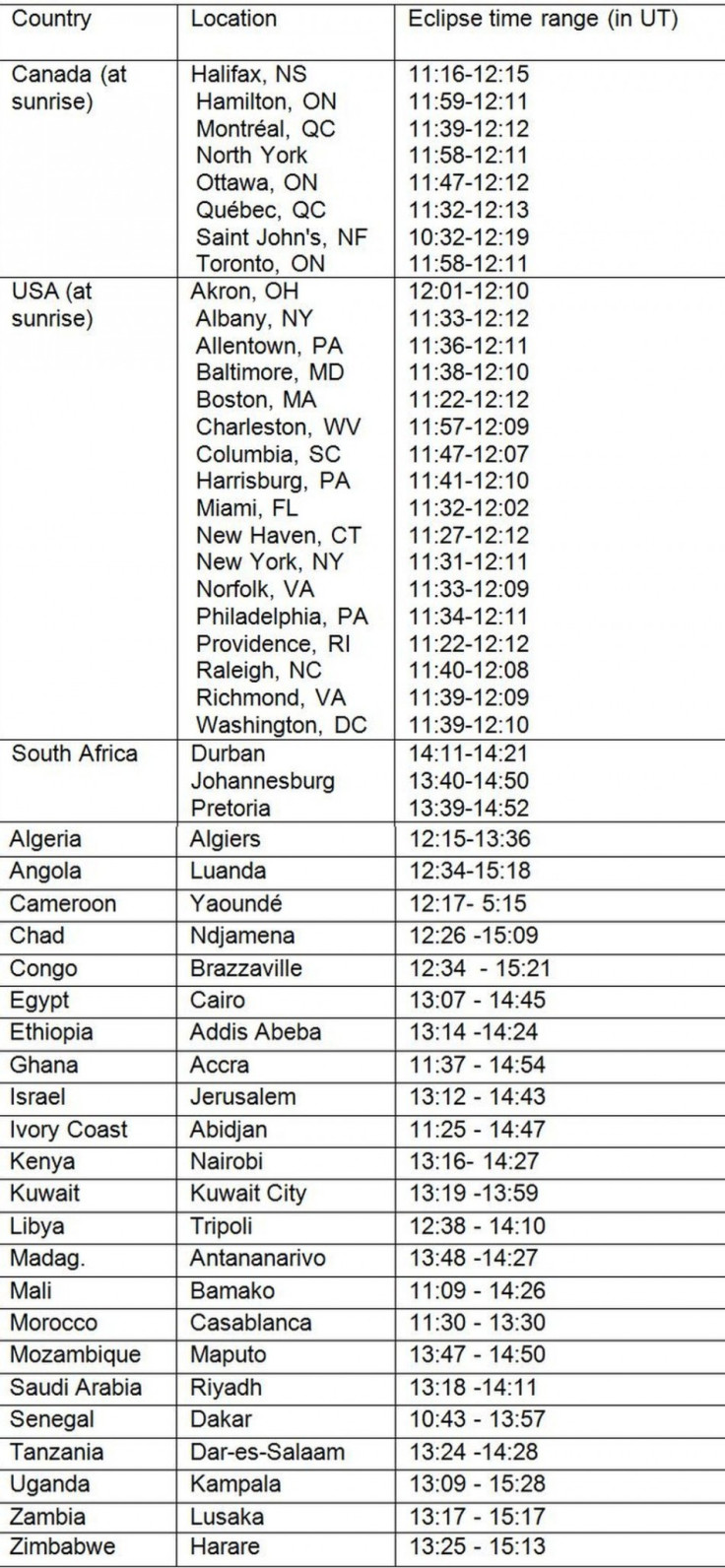Hybrid Solar Eclipse 2013: Where to Watch Rare Eclipse

A solar eclipse will take place on the weekend of 3 November when a crescent sun will be visible from some parts of the Earth.
The eclipse, the last one of 2013, will be a rare hybrid or annular/total eclipse, in which some sections of the path are annular while other parts are total, according to Nasa.
What is a Hybrid Eclipse?
A hybrid eclipse occurs when the moon's distance from the Earth varies with time. When the moon is a bit farther away, it becomes too small to completely cover the bright disk of the sun. This results in the sighting of a light ring (of sun) encircling the moon.
Sometimes when the moon is a bit closer, it covers the sun's disc, partially producing a crescent-shaped light ring of the sun.
A hybrid eclipse occurs once every 18 years.
Where to Watch Hybrid Eclipse
The hybrid eclipse will be visible from parts of the Northern Hemisphere on 3 November. It will track from within a thin corridor across the North Atlantic and equatorial Africa.
The eclipse will be visible from across 13,600 kilometres, accounting for 0.09% of Earth's surface area.
Over the course of 3.3 hours, the eclipse will last for one minute and 40 seconds. It can be seen from eastern North America, northern South America, southern Europe, the Middle East and Africa at sunrise (11:05 UT).
Here are the details of the exact location and the time to watch the eclipse on 3 November.

© Copyright IBTimes 2025. All rights reserved.






















